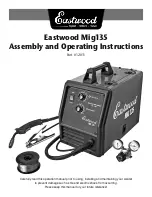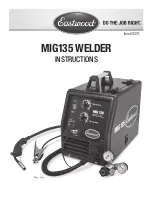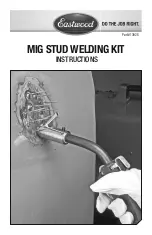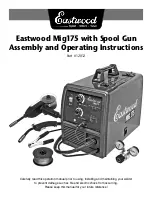
1
CONTENTS
Introduction
Basic Tools and Materials
1.
Collector Location
2.
Collector Orientation
3.
Collector Dimensions
4.
Mounting Hardware
5.
Mounting Hardware Spacing
6.
Pitch Pan
7.
Array Mounting
8.
Collector Piping
9.
Collector Piping Detail
10.
Sensor Mounting at Collector
11.
Piping Through Roof
12.
Storage Tank Placement
13.
Sensor Mounting at Storage Tank
14.
Drainback DX Fluid Handling System
15.
Drainback DX Differential Temperature Controller
16.
Drainback DX Filling and Draining
17.
Drainback DX Start-Up
18.
Drainback DX Maintenance
19.
Operational Checklist
Systems Parts List
1
1
2
2
3
4
7
7
8
9
9
10
10
10
11
11
13
13
13
13
14
14
INTRODUCTION
We at AET would like to extend our
congratulations on your purchase of an Eagle
Sun
TM
or Sav’n Sun
TM
DX System. Years of
research and development backed by critical
engineering have brought you the finest solar
products you can buy. Please take time to read this
booklet thoroughly. Each step is outlined
completely and clarified by diagrams where
necessary. All questions which arise
BASIC TOOLS AND MATERIALS
Electric Drill
Drill Index (w/ ½” and ¾” Wood Bits)
Hack Saw
Tubing Cutter
Tin Snips
16’ Tape Measure
24” Level
Flashlight
Extension Cord
Slip Joint Pliers
Needle Nose Pliers
Pipe Wretches, 10” & 14”
Open End Wrenches, 9/16 & 7/16
Screw Driver 6” Flat Blade
Screw Driver 6” Philips
Wire Stripper or Knife
Wire Cutters
from this material should be answered before you attempt
installation of the system. With a little thought and careful
planning, your Eagle Sun System can be installed quickly and
easily by yourself or by a qualified plumber with a minimum
of disruption to your business or home.
“Conservation for today… Energy for tomorrow.”
Adjustable Wrenches 8”& 10
Torch and Striker
100 PSI Pressure Gage
Putty Knife
High Temperature Pipe Joint Compound
Wire Nuts or Connectors
Miscellaneous Copper Pipe & Fittings (3/4”)
Solder Flux
Emory Paper
Silicon Caulk and Roof Tar
½” I.D. and ¾” I.D. Copper Tubing & Insulation
Angle Iron
Threaded Rod, Nuts, & Washers
Stainless Screw Clamps
Thermal Adhesive
Aluminum Flashing Sheet

































